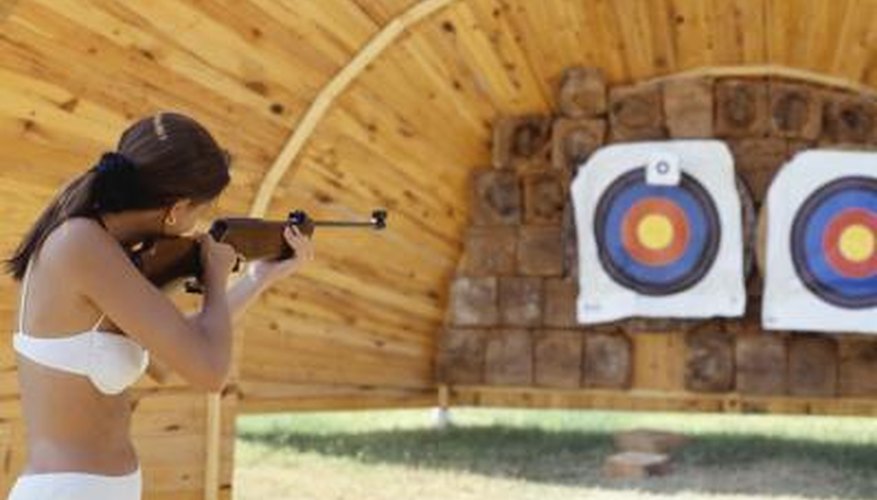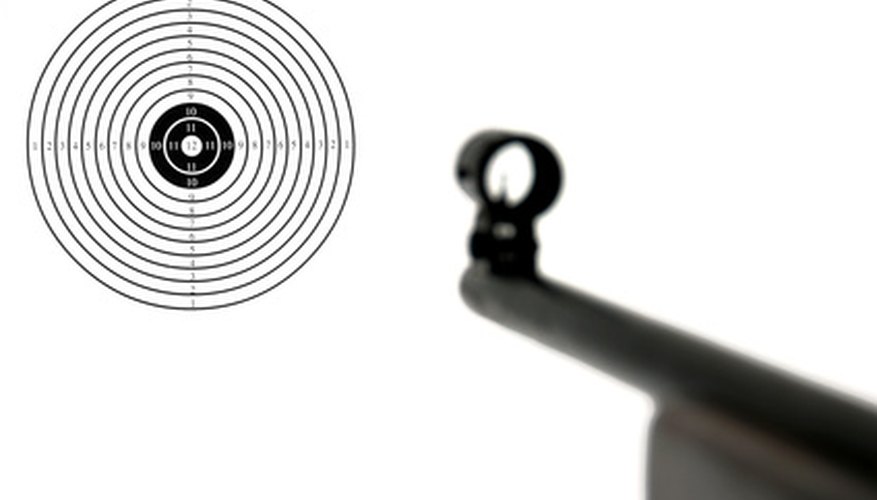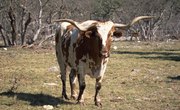
Designing a backstop for air or CO2 pellet guns will ensure damage from target practice remains within a designated area thereby preventing unwanted damage to property or injury to people or animals. Guns of any sort -- firearms, airguns, CO2-propelled guns, etc. -- are dangerous. Regardless of caliber or propulsion type, all guns should be treated with equal caution. Pellet guns generally do not have the knockdown power or pellet velocity to kill a person, but most are capable of destroying a person's eye, shattering teeth or leaving permanent scars. A backstop can prevent background and ricochet damage.
Items you will need
8 straw or hay bales -- 4 feet long by 18 inches tall by 14 inches wide
Plywood board -- 8 feet long by 4 feet wide by 3/4 of an inch thick
Hammer
Tack nail
Step 1

bales of hay image by Mark Grenier from Fotolia.com
Stack six of the straw or hay bales two wide and three high. Stack the hay bales with the 14-inch width of the bale serving as the stack's base and second tier of bales the same. This arrangement will allow the 18-inch faces of the bales to run perpendicular to the ground. The 4-foot length side of each bale runs horizontal to the ground.
Step 2
Place the two remaining bales on the firing side of the two bales that serve as the stack's base. Lay these bales face down with the 18-inch wide portion of the bale serving as the base. Butt these two bales up against the stack's base bales.
Step 3
Slide the plywood board between the stacked bales and those butted-up against the base of the stack. The 8-foot length of the board should run horizontal to the ground and the 4-foot length should run perpendicular to the ground. The board rests on the 3/4 of an inch edge between the base bales and the bales butted-up against the base bales on the firing side. The bottom four bales of the stack are hidden behind the plywood board. The top 33 percent of the top two bales in the stack are exposed.
Step 4

target image by hans slegers from Fotolia.com
Tack the nail in the center of the plywood board 2 feet down from the board's horizontal edge and 4 feet from the vertical edge for placement of a paper or manufactured target.



